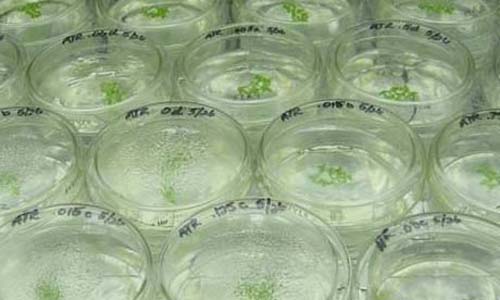IRREC Overview
The Indian River Research and Education Center (IRREC) in Fort Pierce is one of 14 UF/IFAS research and education centers. Research began on the site in 1947 with only one scientist and a small laboratory. Today, IRREC is known internationally for cutting-edge research, extension programs, and as a research source for graduate students.
In addition to serving graduate students, the Center provides regional leadership to agriculturalists, with research and extension programs. Those programs include biological, chemical and cultural pest management, utilizing entomology, virology, and plant pathology of citrus, ornamental and vegetable crops, and study to control invasive plants.

Research at the UF/IFAS Indian River Research and Education Center involves agriculture and its interface with natural resources
Contact
2199 South Rock Road
Fort Pierce,FL 34945-3138
772-468-3922

